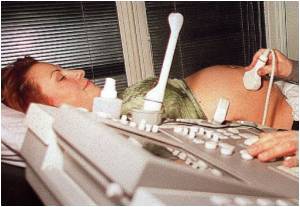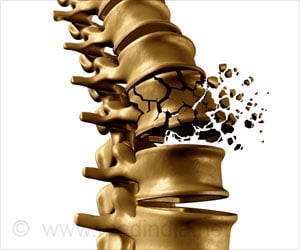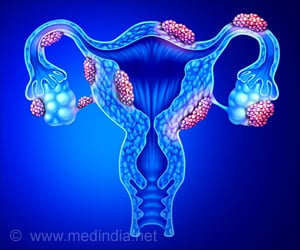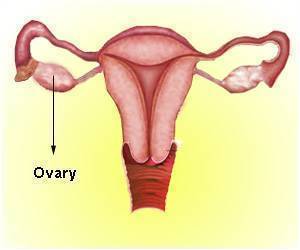Studies have challenged the three decades of public-health wisdom, suggesting that the international guideline on the optimal rate of cesarean delivery is too low.

In the United States, where the rate approached one-third of all births in 2013, health officials have called for a reduction in the practice. While rates vary by location, studies have questioned whether C-sections are being used unnecessarily. "The study of Molina et al highlights the need for an evaluation of cesarean delivery rates by the international obstetrical community," write Mary E. D'Alton, and Mark P. Hehir of the Columbia University College of Physicians and Surgeons in an accompanying editorial.
In another study, Mairead Black, M.R.C.O.G., of the University of Aberdeen, United Kingdom, and colleagues examined the relationship between planned cesarean delivery and offspring health problems or death in childhood. The findings suggest that avoidance of vaginal birth may be an important early-life factor in the growing global burden of asthma, although absolute increase in risk to individuals is low, the researchers write. "Health professionals and women considering planned cesarean delivery should be made aware of this. However, the magnitude of risk is such that in the presence of a medical indication for cesarean delivery, the apparent risk to offspring health is unlikely to justify a plan for vaginal birth." The studies are published in JAMA.
Source-ANI









